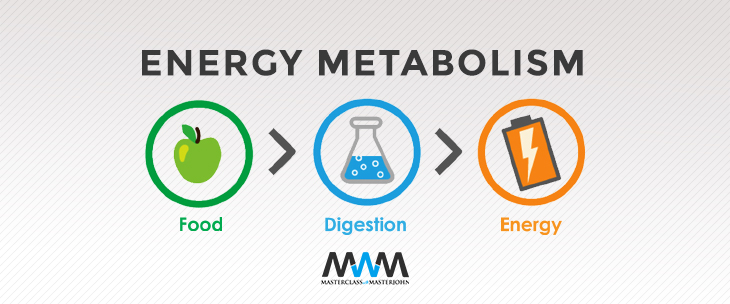The ketogenic diet was first proposed by Russell M. Wilder at the Mayo Clinic in 1921. The goal was to mimic the the physiology of fasting in a way that was more sustainable over time than completely abstaining from food. The application was to treat epilepsy. The use of fasting to treat epilepsy dates back …

